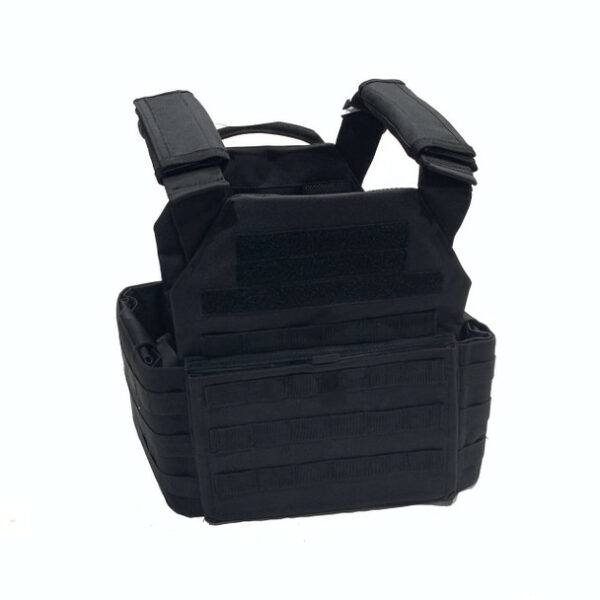Choosing the Right Armor Plates: A Comprehensive Guide
In a world where safety is paramount, the selection of armor plates is a critical decision for those facing potential threats. Whether you’re in law enforcement, military service, or a civilian looking for personal protection, the right armor plates can make a significant difference. This comprehensive guide aims to provide valuable insights into choosing and selecting armor plates that suit your specific needs.

Understanding Types of Armor Plates
Soft Armor: Typically made from flexible materials like Kevlar, soft armor provides excellent concealability and is suitable for everyday wear. It’s effective against lower-velocity threats.
Hard Armor: Constructed from materials like ceramic, steel, or polyethylene, hard armor plates offer higher protection against high-velocity threats like rifle rounds. They are bulkier but provide enhanced stopping power.
Composite Plates: Combining different materials, such as ceramic and UHMWPE (Ultra-High-Molecular-Weight Polyethylene), composite plates aim to offer a balance between weight and protection.
Consideration of Threat Levels
Armor plates are classified based on ballistic protection levels. The National Institute of Justice (NIJ) standards categorizes them into levels such as Level III and Level IV. Understanding the potential threats you might face helps in choosing the appropriate protection level.
Materials Matter
The choice of material for your armor plates is crucial:
Ceramic: Lightweight and effective at dissipating impact energy, ceramic plates are popular for providing reliable protection.
Steel: Known for its durability and cost-effectiveness, steel plates are heavier but offer robust defense.
UHMWPE: This material combines lightness with strength, making it a preferred choice for those seeking maneuverability without compromising protection.

Plate Shapes and Sizes
Consider the shape and size of the body armor plates. Some are designed to cover specific areas like the chest and back, while others offer more comprehensive coverage. The fit is crucial for comfort and effectiveness.
Weight vs. Protection
There is a constant trade-off between the weight of the armor plates and the level of protection they offer. It’s essential to find a balance that aligns with your comfort and mobility requirements.
Proper Sizing and Fit
An ill-fitting armor plate can be uncomfortable and compromise its protective capabilities. Ensure that the plates are appropriately sized and fit well within the carrier.
Budget Considerations
While personal safety is invaluable, budget constraints are a reality. Look for armor plates that meet your protection needs without straining your finances.
Testing and Certification
Ensure that the armor plates you choose are tested and certified by relevant authorities. Certification standards, like those set by the NIJ, provide assurance of the plates’ performance.
Future Trends
Stay informed about emerging technologies in armor plate manufacturing. Ongoing research may introduce innovations that improve both protection and comfort.
Conclusion
Choosing the right armor plates involves a thoughtful consideration of various factors, from the type of threats you may encounter to the materials used in the plates. By understanding your specific needs and staying informed about advancements in armor technology, you can make a well-informed decision that enhances your safety and peace of mind. Remember, the right armor plates are an investment in your well-being, and thorough research is key to making the best choice for your unique situation.
